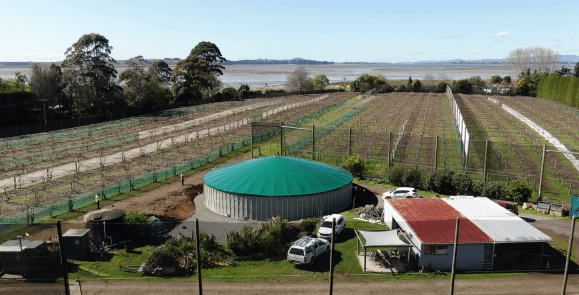
Water is essential for life, and in agricultural settings, water plays a crucial role in farming operations. From irrigation to livestock watering, having a reliable water source is vital for the success of a farm. One common way farms store water is in farm tanks. These tanks collect and store rainwater or water pumped from wells, providing a sustainable water source for various farm activities. If you want to know more information about farm water tank, you can visit this site.
Harvesting Water
Before water can begin its journey to the tap, it must first be harvested and collected. There are several ways farms can harvest water:
Rainwater Collection
- Many farms have systems in place to collect rainwater from rooftops and other surfaces.
- This harvested rainwater is directed to farm tanks for storage.
Well Water Pumping
- In areas where rainfall is scarce, farms rely on well water for their water needs.
- Water is pumped from wells into farm tanks for storage and distribution.
Storing Water in Farm Tanks
Once water is harvested, it is stored in farm tanks for future use. Farm tanks come in various sizes and materials, depending on the farm's needs and capacity requirements. The storage of water in farm tanks offers several benefits:
Benefits of Storing Water in Farm Tanks
- Provides a reliable water source for irrigation and livestock watering.
- Helps farms become more self-sufficient and less reliant on external water sources.
- Allows farms to store water during rainy seasons for use during dry periods.
- Reduces the risk of water scarcity during droughts or water restrictions.
Distribution and Usage
Once water is stored in farm tanks, it can be distributed and used for various farm activities. The distribution of water from farm tanks typically involves the use of pumps and pipelines to transport water to different areas of the farm:
Using Water from Farm Tanks
- Water from farm tanks can be used for irrigation to water crops and promote plant growth.
- It can be used for livestock watering to ensure animals have an adequate water supply.
- Water from farm tanks can also be used for cleaning equipment and facilities on the farm.
- Some farms may even use water from farm tanks for household purposes.
Maintaining Water Quality
It is essential to maintain the quality of water stored in farm tanks to ensure it remains safe for use. Proper maintenance and management practices can help prevent contamination and ensure the water is clean and potable:
Tips for Maintaining Water Quality
- Regularly inspect farm tanks for leaks, cracks, or signs of damage.
- Clean farm tanks periodically to remove sediment, debris, and algae buildup.
- Install filters and screens to prevent debris and contaminants from entering the tanks.
- Monitor water levels and quality regularly to ensure the water is safe for use.
Conclusion
The journey of water stored in a farm tank is a vital part of agricultural operations. From harvesting rainwater or well water to storing it in farm tanks and distributing it for various farm activities, water plays a crucial role in farm sustainability. By understanding the journey of water from harvest to tap and implementing proper maintenance practices, farms can ensure a reliable and safe water source for their operations.

